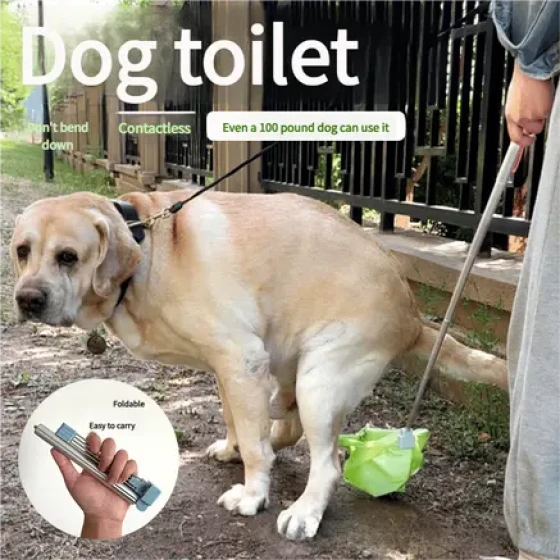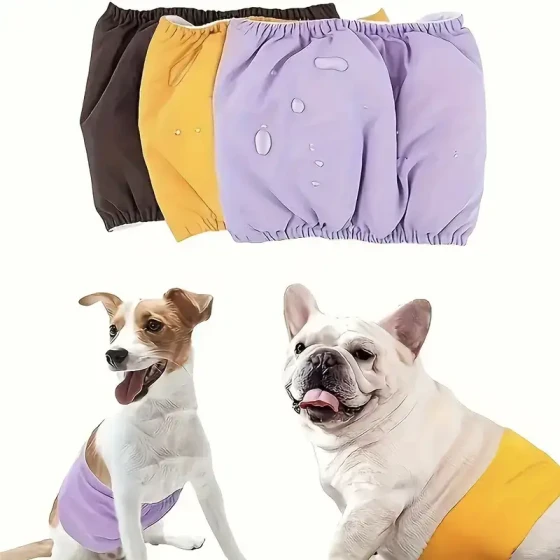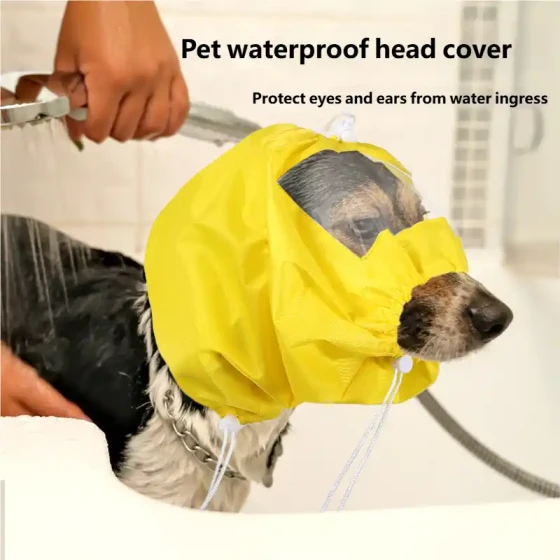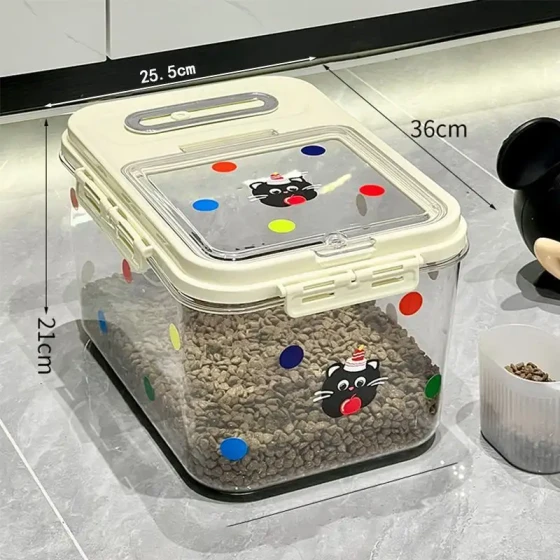Tips for Bathing Your Beloved Dog in Winter
The footsteps of winter are quietly approaching, and many pet parents worry about bathing their dogs, fearing that dogs will catch a cold or get sick when bathed in cold weather. So, what should be paid attention to when bathing dogs in winter? This article answers your questions so you can confidently bathe your beloved dog even in winter!

Siberian Husky (Details)
Is it necessary to bathe dogs in winter?
Some pet parents think it’s too cold in winter and simply don’t bathe their dogs. Friendly reminder: this approach is not recommended. Besides the fact that dogs still need to go outside frequently in winter, their fur is prone to tangling and accumulating dirt. Imagine not bathing your dog all winter—how dirty would that be? First, it affects appearance, right? Also, if dogs are not bathed for a long time, the oils will become a breeding ground for various bacteria, leading to diseases. Therefore, bathing dogs in winter doesn’t have to be frequent, but it should never be skipped.
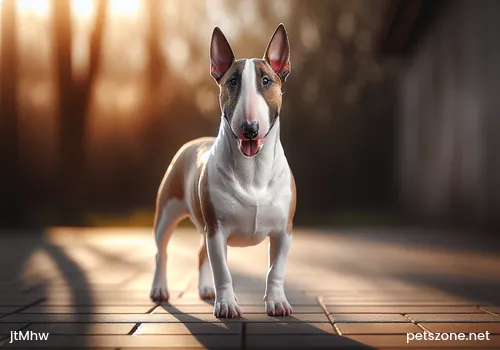
Border Collie (Details)
How often should dogs be bathed in winter?
Puppies under one month old should not be bathed in winter because their immunity is too weak and they are easily sick. If they get very dirty, use a semi-wet warm towel to wipe them. Bathing is only allowed after three months when all vaccinations and deworming have been completed.
For healthy adult dogs, bathing once every half month or once a month in winter is acceptable. Because dogs do not have sweat glands, frequent bathing is not good for them. So even if dirty, using dry shampoo powder or wiping with a wet cloth is fine.
In the cold winter, it is emphasized again not to bathe dogs too often because they are prone to illness, and dog skin is much more fragile than you think. Frequent bathing damages the subcutaneous hair follicles, causing hair loss, dandruff, redness, itching, and skin disease. Severe follicle damage can lead to permanent patchy baldness with serious consequences.

West Highland White Terrier
Tips for bathing your dog in winter:
When bathing your dog in winter, the water depth should not cover the dog’s spine, and the temperature should be about 35°C, warm to the touch. Water that is too hot or too deep can make the dog nervous and uncomfortable.
It is generally recommended to use a shower instead of a basin because bath time will be long and the water will become cold, especially in winter. When bathing, tilt the dog’s mouth slightly upwards to prevent water from entering its nose, which could cause choking. Also, protect the eyes and ears from water.
Bathing order is head, back of the neck, back and tail, abdomen, and limbs. The method is to first wet the entire body with water, then apply shampoo, thoroughly rub to create foam, rinse off the foam and dirt with clean water, and finally dry the dog completely with a towel.
Bathe your dog indoors in winter, ensuring there is no wind. You can turn on a heater. After bathing, use a hairdryer patiently to fully dry your dog’s body. Never just dry the surface as this can easily cause colds or skin diseases.
Dogs dislike being blown on the head and limbs, especially the head. To dry the head quickly, set the dryer to low airflow but keep the heat, hold it not too close to the head, move the dryer around constantly without focusing on one spot. When drying the difficult ear area, you can use one hand to gently block the dog’s ear canal. You will find that drying your dog with a hairdryer is not that difficult.
If you find bathing your dog at home in winter too difficult, you can visit a pet hospital where professionals will bathe and dry your dog quickly with minimal risk.
In the cold winter, we need to care for our pets even more, patiently and correctly bathing our beloved dogs to prevent diseases while keeping them clean and looking beautiful.


